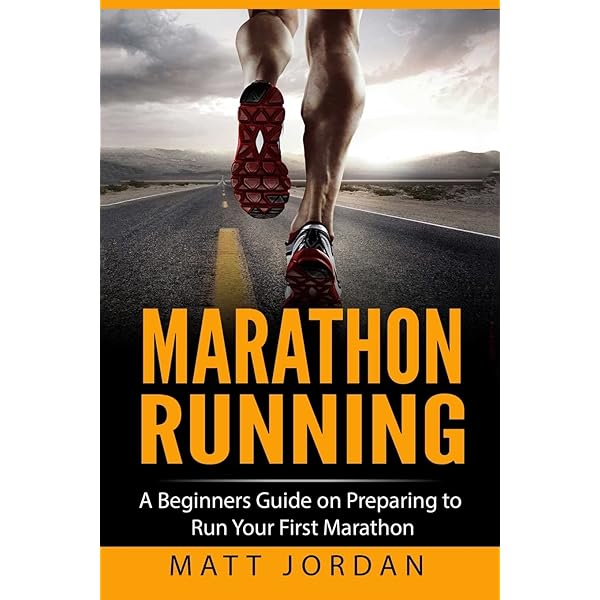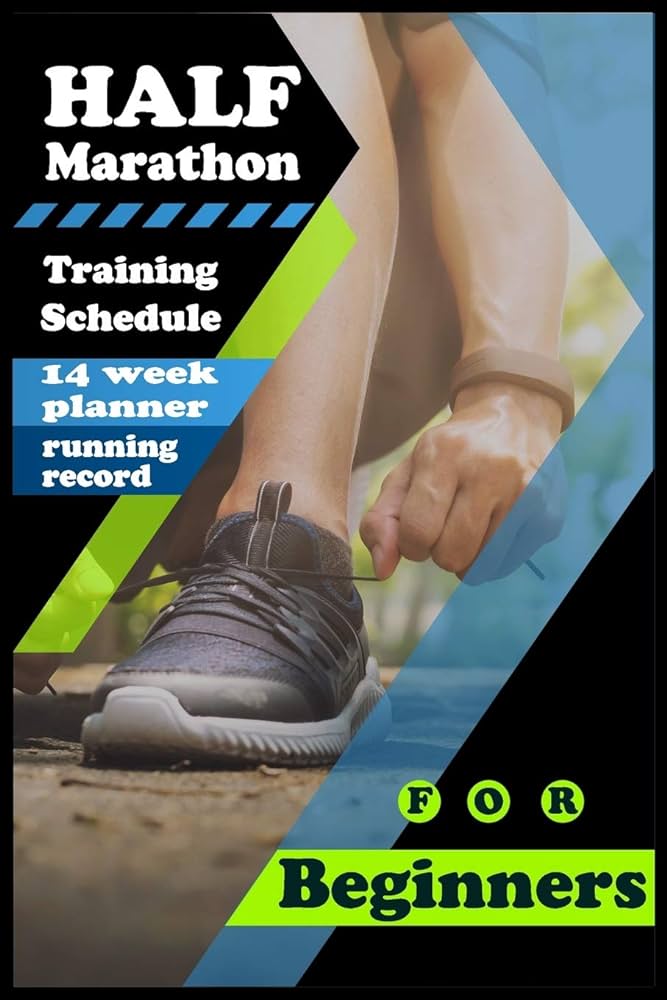How to Train for a Marathon With No Experience
To train for a marathon with no experience, start with a gradual increase in running distance and frequency. Incorporate strength training and cross-training to build endurance and prevent injury.
Focus on proper nutrition and rest to support your training efforts. Training for a marathon without prior experience may seem daunting, but with the right approach, it’s an achievable goal. Whether you’re a complete novice to running or have some experience with shorter races, embarking on a marathon training journey requires careful planning and dedication.
By following a structured training plan, incorporating key elements such as distance running, strength training, and cross-training, you can gradually build the endurance and stamina needed to complete a marathon. In this guide, we’ll explore effective strategies and tips to help you prepare for a marathon, even with no prior experience.

Credit: www.youtube.com
Setting The Foundation
Setting the Foundation is crucial when training for a marathon, especially if you have no prior experience. To get started on the right track, follow these key steps:
Invest In Proper Running Shoes
Good running shoes are the foundation of your training. Prioritize comfort and fit above all else.
Create A Training Schedule
Plan your training schedule in advance to build endurance and prevent injuries. Consistency is key.
Building Endurance
Building endurance is a crucial aspect of training for a marathon, especially for beginners. Increasing your body’s ability to handle longer periods of physical activity will be essential in completing the demanding 26.2-mile race. Here are some effective strategies to build endurance as you train for your first marathon.
Start With Walk-run Intervals
One of the best ways for beginners to start building endurance is by incorporating walk-run intervals into their training routine. This method involves alternating between walking and running, allowing your body to gradually adapt to increased physical exertion. Begin with shorter intervals, such as walking for 2 minutes and running for 1 minute, and gradually increase the running duration as your stamina improves.
Increase Running Time Gradually
As you progress in your marathon training, it’s important to increase your running time gradually. Aim to extend the duration of your runs by small increments each week, allowing your body to adapt to the higher demands placed on it. This gradual approach will minimize the risk of overexertion and injury while steadily enhancing your endurance for long-distance running.
Improving Speed
Improving speed is an essential aspect of marathon training, even for beginners. Focusing on increasing your pace and developing endurance will help you reach your marathon goals.
Incorporate Tempo Runs
Incorporating tempo runs into your training regimen can significantly enhance your speed and endurance. A tempo run involves maintaining a comfortably hard pace for a sustained period, typically ranging from 20 to 40 minutes. This pace should be challenging but manageable, allowing you to sustain it without completely exhausting yourself.
Add Interval Training
Interval training is another effective method to boost speed and stamina. This technique involves alternating between high-intensity bursts of speed and periods of active recovery. For instance, you might sprint for a minute and then recover with a light jog for two minutes. Incorporating interval training into your marathon training plan will help improve your cardiovascular fitness and overall pace.

Credit: marathonhandbook.com
Strength Training
Strength training is crucial when preparing for a marathon. It helps prevent injuries and improves overall performance.
Include Core Exercises
- Perform planks to strengthen core muscles.
- Engage in crunches to enhance abdominal strength.
- Include Russian twists for oblique muscles.
Train Leg Muscles
- Focus on squats to build quadriceps and hamstrings.
- Incorporate lunges to strengthen glutes and calves.
- Include calf raises to target soleus and gastrocnemius muscles.
Recovery And Injury Prevention
Discover how to train for a marathon with no prior experience and prevent injury through effective recovery methods. Master the art of marathon training with expert advice and tips to help you succeed in your first race without any setbacks.
Prioritize Rest Days
In marathon training, rest days are just as important as training days. Prioritizing rest days allows your body to recover and repair itself, reducing the risk of injury. Rest days also give your muscles and joints a chance to adapt to the demands of training, improving your overall performance.
Why are rest days important? Rest days allow your body to replenish its energy stores and repair any damage caused by training. They help prevent overuse injuries and give your muscles time to rebuild and grow stronger. By incorporating regular rest days into your training plan, you ensure that you’re giving your body the chance to recover and recharge.
How often should you have rest days? As a beginner marathon runner, it’s recommended to have at least one or two rest days per week. On these days, avoid any intense training and focus on active recovery activities such as light stretching or gentle walks. Listen to your body and adjust the frequency of rest days as needed.
Incorporate Cross-training
In addition to rest days, cross-training plays a crucial role in marathon training. Cross-training involves engaging in activities other than running to improve overall fitness and reduce the risk of overuse injuries.
What are the benefits of cross-training? Cross-training helps strengthen different muscle groups, improves cardiovascular fitness, and enhances flexibility, all of which contribute to your overall performance as a marathon runner. It also provides variety and helps prevent mental fatigue by breaking up the monotony of running.
What are some examples of cross-training activities? There are many options for cross-training, depending on your preferences and availability. These can include swimming, cycling, yoga, strength training, or low-impact exercises such as elliptical training or rowing. The key is to choose activities that complement your running training without placing excessive stress on your muscles and joints.
How often should you cross-train? Aim to incorporate cross-training activities into your schedule at least two to three times a week. This frequency allows for adequate recovery between running sessions while still reaping the benefits of cross-training. Be sure to schedule cross-training on non-consecutive days to give your body enough time to rest and recover.

Credit: www.youtube.com
Frequently Asked Questions On How To Train For A Marathon With No Experience
How Long Should A Beginner Train For A Marathon?
Beginners should train for a marathon for about 18-20 weeks to build up endurance and prevent injuries.
How Do I Train For A Marathon With Zero Experience?
To train for a marathon with zero experience, start with a training plan. Gradually increase your mileage, cross-train for strength, and prioritize rest. Stay consistent, fuel your body well, and listen to it. Get proper gear and shoes, and consider joining a running group for support and motivation.
How Should A Beginner Practice Marathon?
To practice for a marathon as a beginner: 1. Start with a training program. 2. Increase mileage gradually. 3. Incorporate variety in runs. 4. Pay attention to proper nutrition and hydration. 5. Rest and recovery are crucial.
Conclusion
Training for a marathon without experience is a challenging journey. By following a structured plan, staying consistent, listening to your body, and focusing on gradual progress, you can achieve your goal. Remember, it’s not just about the finish line, but also the personal growth and resilience gained along the way.
Start today, and embrace the marathon experience!






